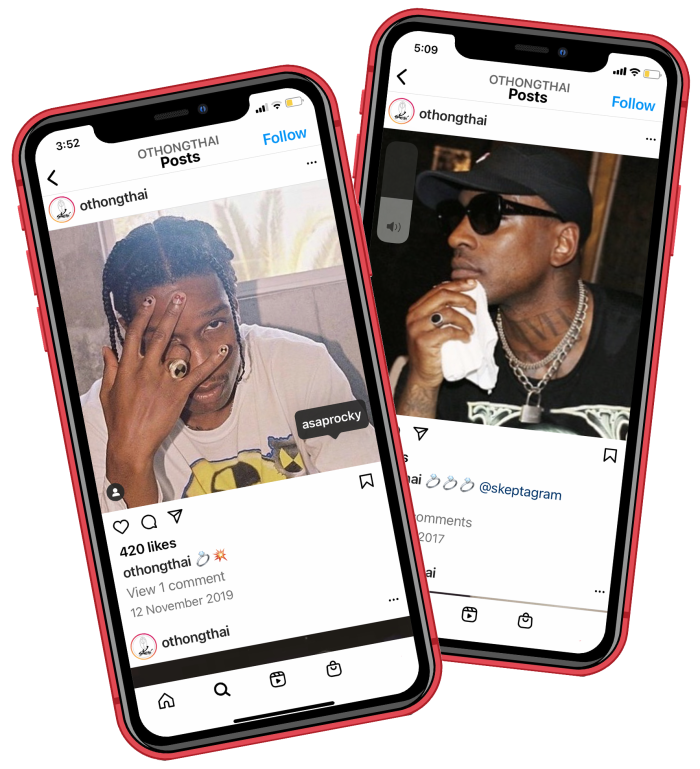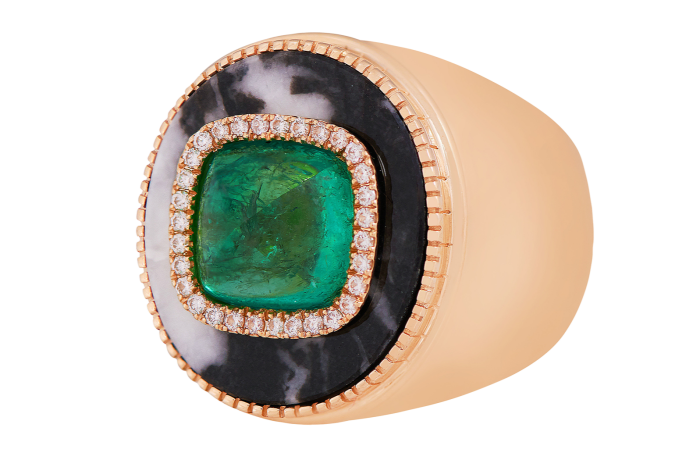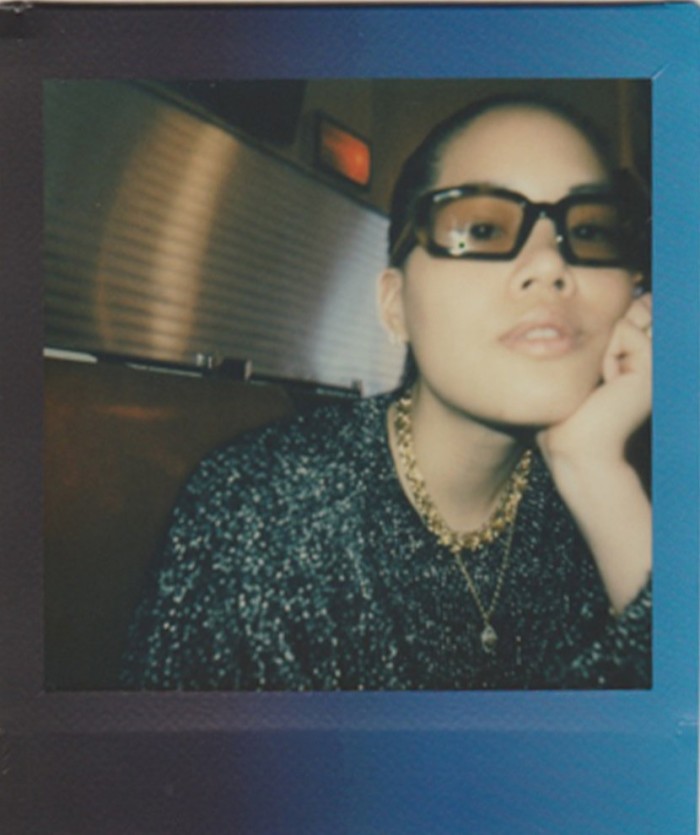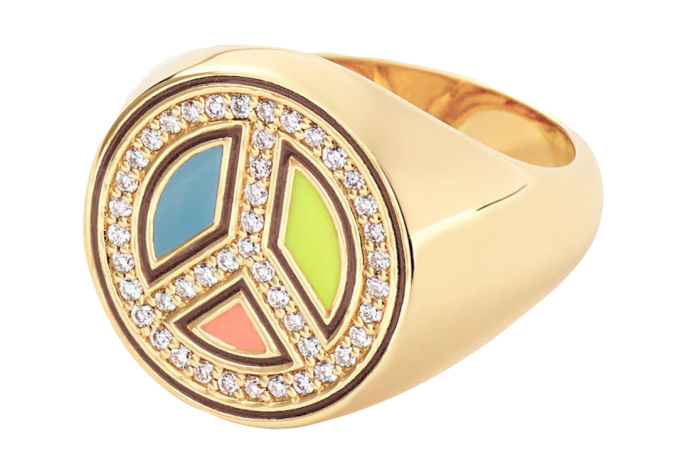Signet rings: bold jewellery designs win seal of approval across the sexes

Roula Khalaf, Editor of the FT, selects her favourite stories in this weekly newsletter.
When rapper A$AP Rocky spotted a signet ring by O Thongthai in a London showroom in 2015 and ordered a larger, diamond version, little did he — or the designer — realise that this classic men’s design would become one of today’s hottest jewellery trends.
Once a man’s ring engraved with a family crest, coat of arms or initial, signet rings can nowadays be decorated with anything from diamonds to emojis, and worn by anyone.
There are examples aplenty. London-based designer Shola Branson has made an iolite silver signet ring with sparkling sapphires and aquamarines, whereas New York-based Alison Lou brought out an eye-popping 14-carat gold signet ring surrounded by pink and green enamel checks. Then there is just a gold-plated ring with a smiley face by Martha Calvo.
Bigger brands are at it, too. Givenchy’s version of the signet ring just has a chunky “G” logo, while Los Angeles-based unisex brand M Cohen did a sculptural take with a stacked setting and band inlaid with a lapis lazuli slice.

O Thongthai’s founder, Chanyaporn “O” Thongthai — whose signet rings include tanzanite and diamonds (£20,000) or zebra jasper (£7,000) — says these new iterations of the traditional ring are worn by those who “want to show off a little bit but not, like, in your face”.
She says practically her whole business comes from the signet ring: 80 per cent of sales per year. “Once I find a hit, I develop a lot from there and expand on that design and on that material.”

Signet rings have a long history, dating to ancient Egypt, when rings had seals attached for authenticating documents. By the Middle Ages, they were being used as signatures when pressed into hot wax. This functional purpose lasted to the 18th century, when decoration such as enamelling was introduced.
While it would be easy to pinpoint the signet ring’s recent sexless appeal as the reason behind its resurgence, or its more diverse designs, Danielle Thom, curator of making at the Museum of London, says today’s obsession for personalised jewellery is the real motivator. “It’s about the surface area waiting to be decorated; being turned towards a personalised end,” she says. “It’s not in any real sense bespoke, of course, but a sense that we have something that is distinct to ourselves.” Examples of decorations include names, zodiac signs, or meanings that represent personality.
Some designers offer more personalisation than others. New York-based jeweller Sorellina set up its “Design Your Own Signet” service, allowing customers to choose a setting, stone and motif — examples of which include cannabis leaves, lightning bolts and signs of the zodiac. A gold initial signet ring costs $3,900. “It has encouraged our customers to reach out about what other things we customise because of that, so it has led to [more lucrative] bespoke business,” says Kim Carosella, Sorellina’s co-founder and operations director.

Other designers have also seen an increase in business after offering signet rings. London-based designer Bleue Wickham-Burnham, whose accessories were targeted primarily at men, says that incorporating colour gemstones in the signet ring shape has found appeal among women as well.
While some retailers, such as Browns, offer the same or similar signet ring styles across mens- and womenswear, other designers are adapting their creations to the different sexes. For her gold and diamond signet rings, Rosanne Karmes, founder of Sydney Evan, created larger designs for men “as they are more statement and more masculine”, she says — adding that she uses darker stone colours, such as black diamonds and tiger’s eye, as these are more neutral.
Yet, with such a familiar silhouette, designers have to make their signet ring styles recognisable as their own, says Afzal Imram, co-founder of Singapore-based contemporary jewellery label State Property. His company’s signet rings, which have bold gold and black enamel stripes around the side, includes two tiers of diamonds.
These are placed around the top and base of the bezel, and the centre stone is set high “to make it more prominent”, Imram says. His approach seems to be working — last year, signet rings made up 50 per cent of State Property’s sales, up from 15-20 per cent in 2019, he says.
While the signet ring can compete with many other pieces of jewellery, Thom believes these rings are like brooches because of their “large expanse area that lends itself to decoration”. Celebrity artist Theo Fennell, for example, opts for the crucifix. Rocio Canals, founder of Spanish jewellery brand Wilhelmina Garcia, says signet rings have become as strong as earrings because “they are also genderless”.
Among other design innovations, Kwakú Awah, founder and designer of Laud, has mashed his wavy textured signet ring with the diamond eternity ring ($7,000) because, he says, “it makes jewellery more interesting and more fun”. And it is “a nice balance between discreet and flash”.
Comments